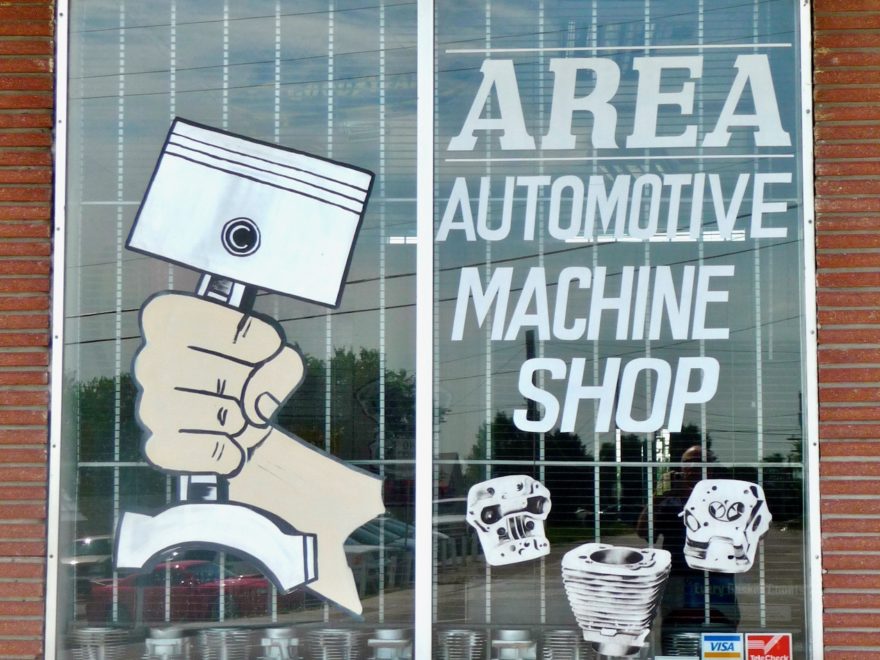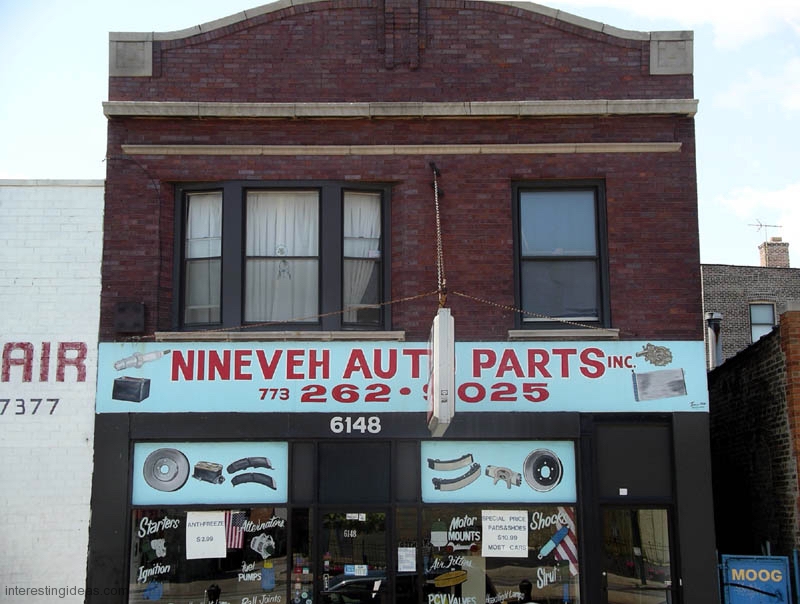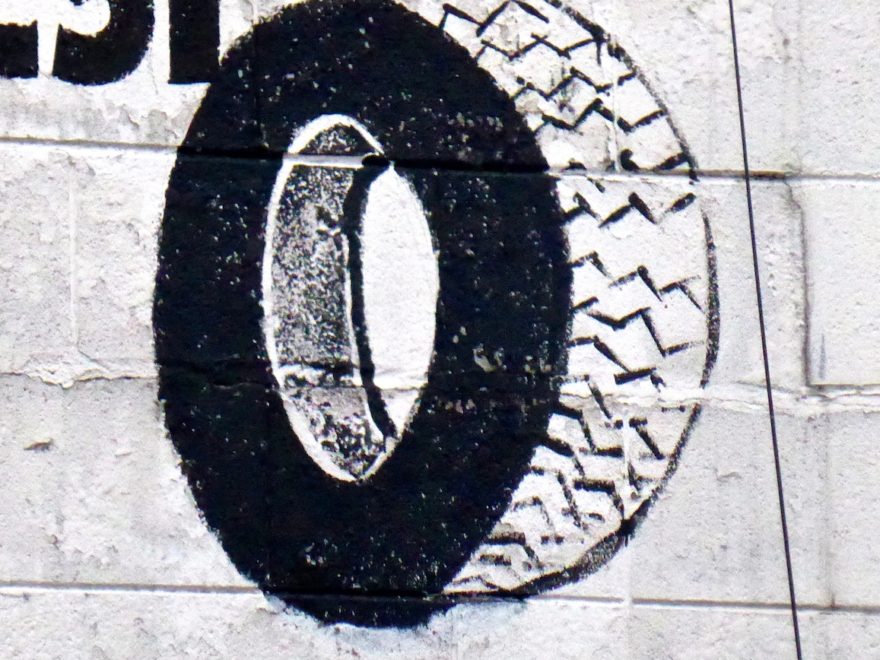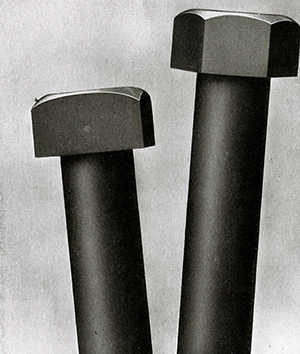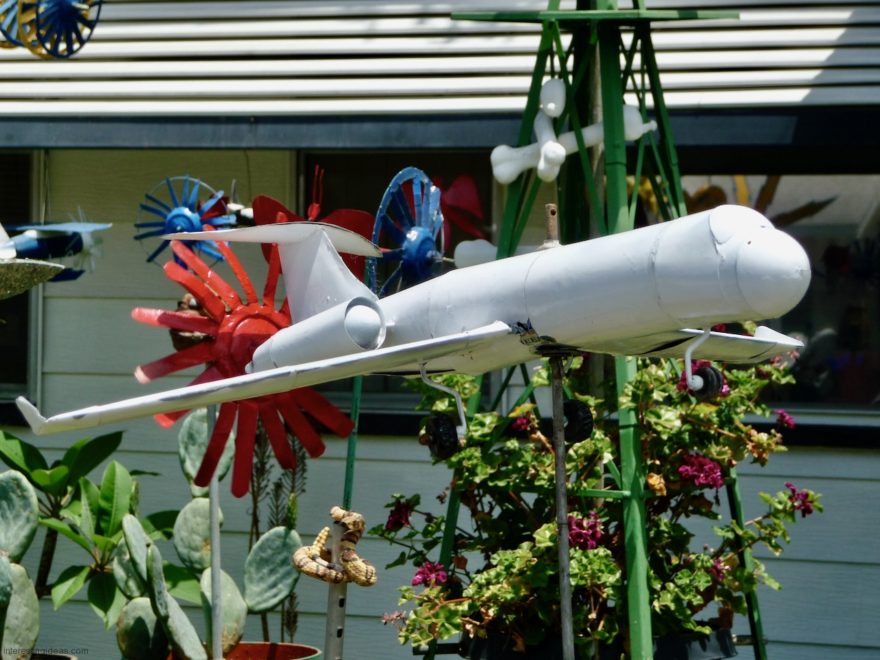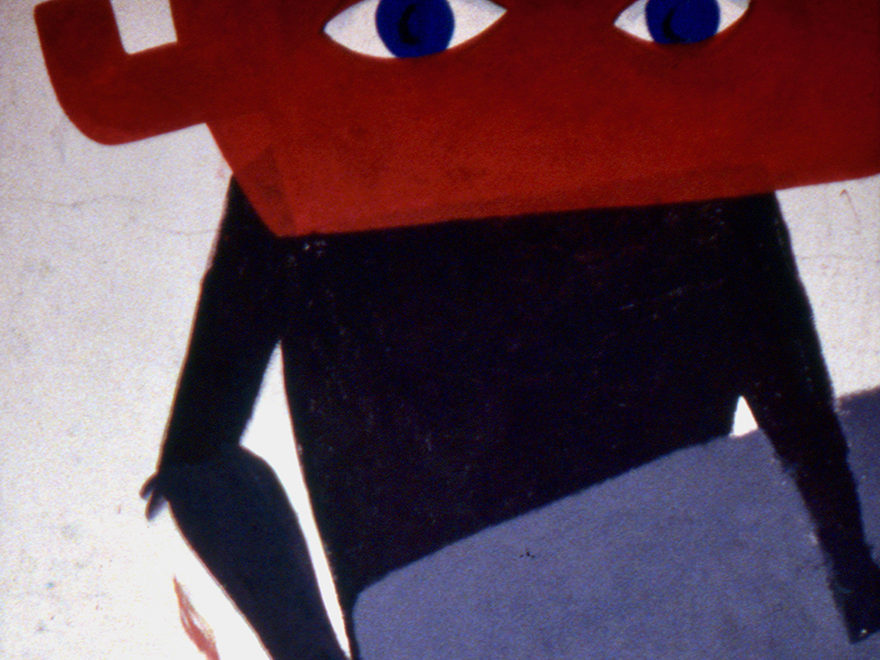Becoming Mary Sully: Toward an American Indian Abstract, by Philip J. Deloria. University of Washington Press, Seattle, 336 pages, 221 color illustrations, 2019. ISBN: 9780295745046, Paperback, $34.95. Mary Sully’s story is a saga of identity, from her signature artistic project — 134 iterations of what she called “personality prints” — to her name, which was actually Susan Deloria, to her ancestry, which gets complicated quickly. Indian and Anglo, it included tribal leaders and a military officer who slaughtered tribes. There is also a famous painter in her lineage and, not surprisingly, a lifelong struggle to find a place for herself.
Continue reading
